1. Overly Scented Candles
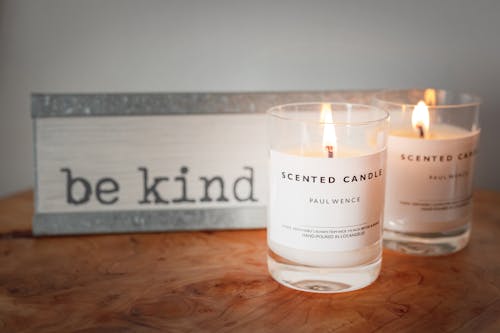
While you might love a strong vanilla or patchouli candle, guests often find overpowering scents distracting or even headache-inducing. Smells can trigger allergies, migraines, or simply clash with a person’s preferences. If the scent lingers too strongly in small spaces like bathrooms or entryways, it can feel suffocating rather than inviting. Subtle, fresh-smelling scents like citrus or light florals tend to feel more universally welcoming.
It’s not that your guests don’t appreciate a nice ambiance—it’s that their senses can get overloaded quickly. Too much fragrance makes it harder to relax or focus on conversation. People may even worry they smell bad themselves if the air is too heavily perfumed. A lightly scented or unscented candle can often be the safer choice.
2. White Furniture
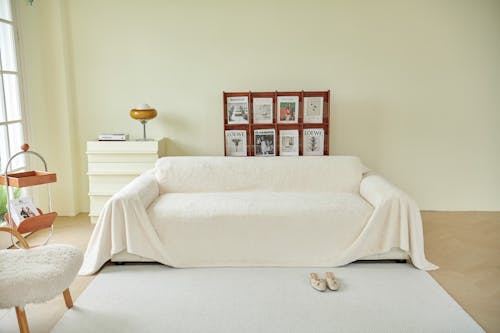
That bright white sofa or dining chair looks beautiful in photos, but guests often feel on edge sitting on it. They’re usually afraid of spilling something or leaving behind a stain. Even if you say not to worry, the thought of being the one to ruin your investment weighs heavily. The result is they perch rather than relax.
White furniture also emphasizes every little smudge or mark, which keeps people hyper-aware of their own actions. For guests with children, it’s doubly stressful—they may not even want to let their kids sit down. Instead of creating a chic environment, it can unintentionally create a “don’t touch” vibe. Choosing more forgiving fabrics or slipcovers can make everyone feel more at ease.
3. Glass Coffee Tables
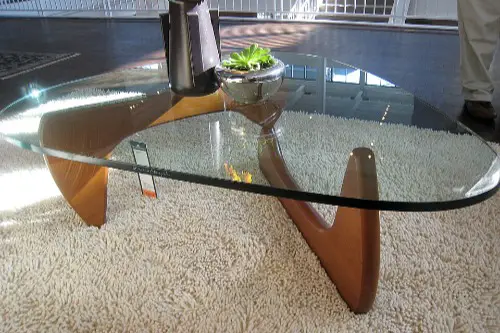
Glass surfaces look sleek, but they’re often anxiety-inducing for guests. People worry about accidentally cracking or smudging them. They also show fingerprints, crumbs, and dust instantly, which can make guests hesitant to set things down. Children or pets around a glass table add another layer of worry for parents.
The transparency can be disorienting too, especially when guests don’t realize there’s a sharp edge at knee level. A quick bump can turn into an awkward moment. While they’re stylish, glass tables can feel impractical in social settings. A sturdier, more forgiving surface invites relaxation instead of caution.
4. Too Many Throw Pillows
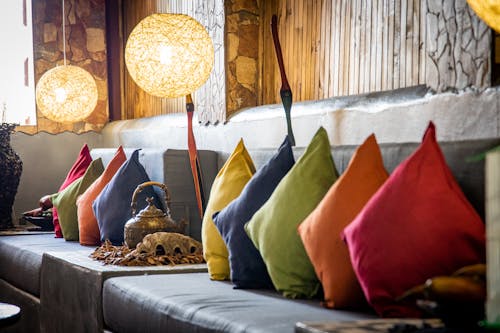
Throw pillows can look cozy in pictures, but in reality, guests often don’t know what to do with them. They may feel awkward moving them just to sit down. Too many pillows can make a sofa or bed feel more like a showroom than a place to relax. Guests might feel like they’re messing up your carefully styled space.
The stress comes from not wanting to disrupt your setup or appear careless. Once seated, the pile of displaced pillows can feel cluttered and awkward. Instead of comfort, they can add a layer of inconvenience. Keeping a few well-placed pillows is stylish without overwhelming the space.
5. Fragile Decor Everywhere
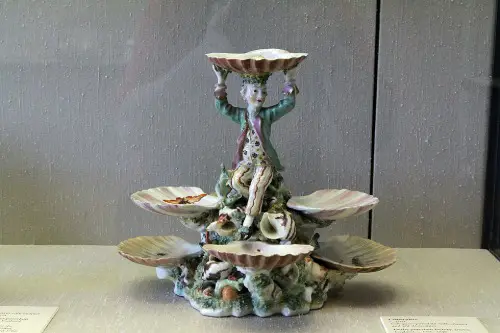
Delicate vases, porcelain figurines, and glass trinkets may feel elegant, but they also keep guests on high alert. People worry about accidentally knocking something over. If children are around, that stress multiplies quickly. Guests may even avoid moving freely through your space for fear of causing damage.
When a room feels like a museum, it signals “look but don’t touch.” This makes people hesitant to truly unwind. While treasured items deserve display, clustering too many delicate pieces in social areas can feel risky. Strategically placing them higher or in less-trafficked spots helps strike a balance.
6. Harsh Lighting

Bright overhead lights can make a space feel sterile and uncomfortable. Guests may feel like they’re under a spotlight rather than relaxing in a cozy environment. Harsh lighting also highlights imperfections, which can make people self-conscious. It sets a mood that’s more clinical than welcoming.
Layered lighting with lamps, warm bulbs, or dimmers creates a softer, more flattering atmosphere. It encourages conversation and relaxation rather than tension. Too much brightness, especially fluorescent tones, is exhausting on the eyes. A warm glow almost always feels better.
7. Bare Windows

Huge, uncurtained windows might look modern, but they can stress guests out. People often worry about being on display, especially at night. It’s uncomfortable to feel like you’re being watched, even if no one is outside. Guests may instinctively search for blinds or curtains to pull closed.
Natural light is wonderful, but guests also appreciate privacy. When the sun sets and lights come on indoors, uncovered windows can feel overly exposed. This creates a low-level tension that makes it hard to fully relax. Soft curtains or shades make everyone feel safer and cozier.
8. Loud Wall Clocks
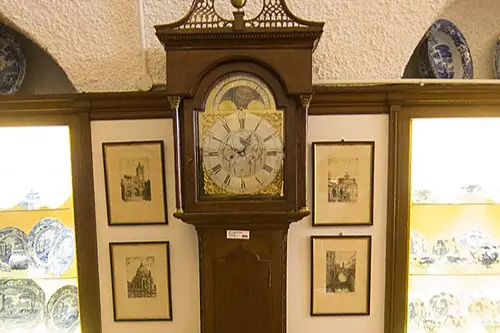
A ticking clock may seem harmless, but the constant sound can wear on guests over time. In quiet rooms, the tick becomes the only thing they hear. It can make people feel rushed or like time is being closely monitored. That’s not exactly the mood you want during a friendly visit.
Some people are especially sensitive to repetitive noises, which makes ticking clocks feel more intrusive. Even if you’ve tuned it out, guests are less likely to have done the same. They may struggle to focus on the conversation. A silent clock or a digital one avoids the issue.
9. High-Maintenance Rugs
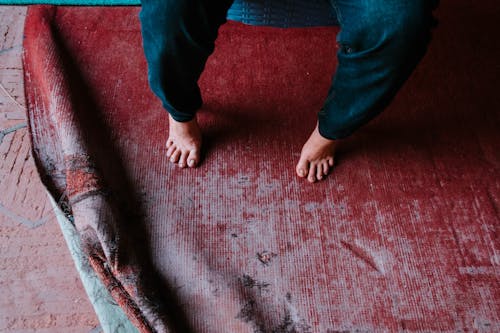
Plush, light-colored rugs might look luxurious, but they can leave guests on edge. Shoes off or on becomes a stressful question. Many people worry about spilling or tracking dirt onto them. Rugs that shed fibers or shift easily also add to the unease.
Guests don’t want to be the ones who accidentally leave a stain or snag. If they’re spending more energy worrying about the rug than enjoying the evening, it takes away from the experience. Rugs with easy-to-clean materials are far more guest-friendly. They still look nice but don’t make people feel like they’re walking on eggshells.
10. Complicated Remote Controls
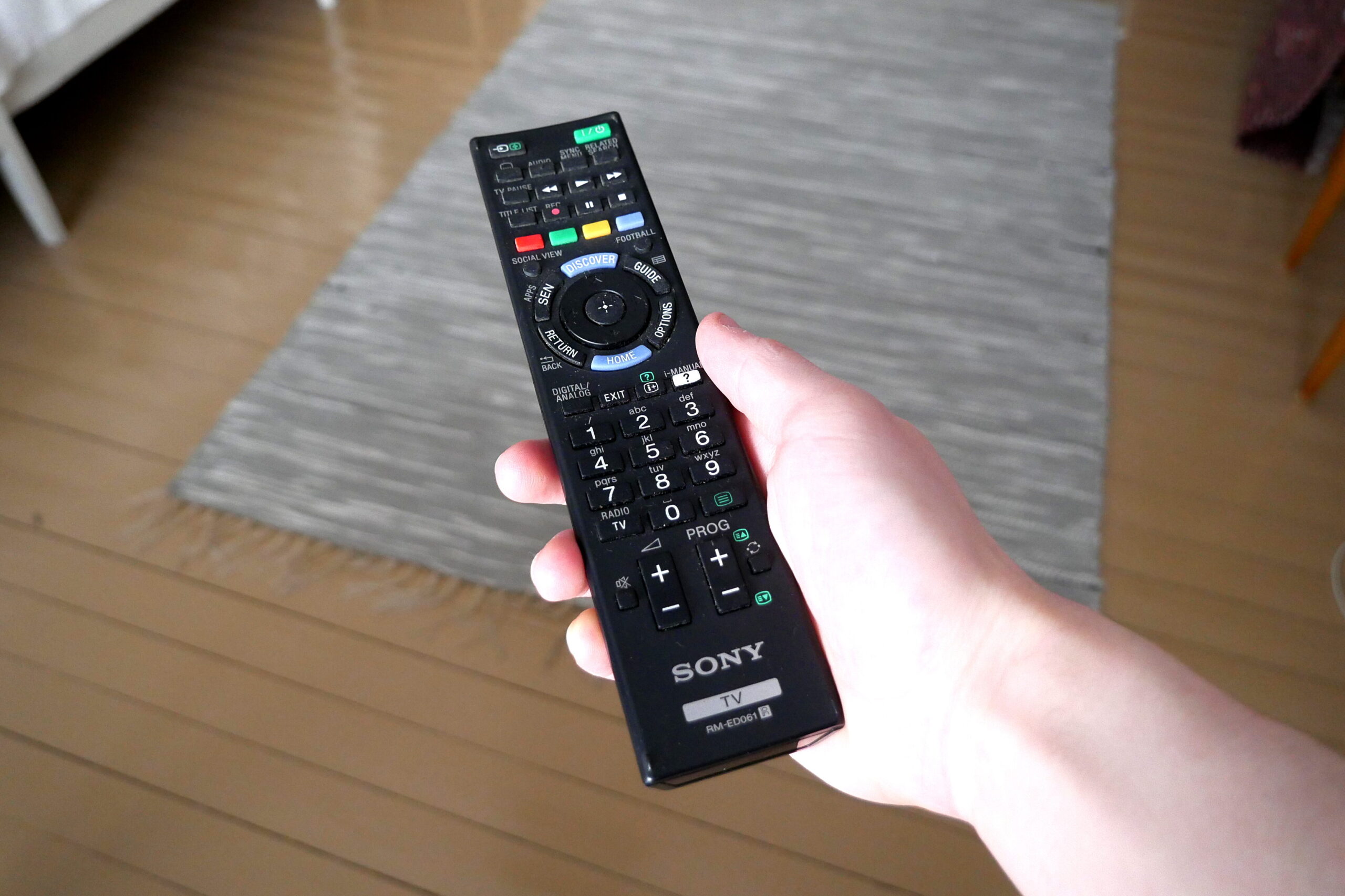
When guests are invited to watch a movie or show, a tangle of remotes can quickly become stressful. Multiple devices, confusing setups, and unlabeled buttons create awkward moments. Nobody wants to be the person who accidentally switches inputs or shuts everything down. Even asking how it works can feel embarrassing.
The stress isn’t just about the technology—it’s about feeling out of place. A simple, intuitive setup makes guests feel more at home. If they can’t figure it out, they may avoid touching it altogether. Streamlining the process helps everyone relax and enjoy.
11. Sharp-Edged Furniture
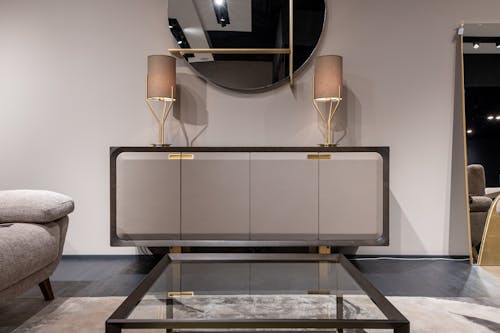
Furniture with angular edges looks sleek but can make guests nervous. Bumping a knee or catching a hip corner is a common fear. For parents with children, sharp edges are especially concerning. Instead of relaxing, they may spend time steering kids away from hazards.
The subconscious awareness of sharpness creates tension. Even adults tend to hover awkwardly near pieces they’re worried about. Rounded corners or protective guards don’t ruin the style but do add peace of mind. Safety often translates into comfort.
12. Busy Wallpaper
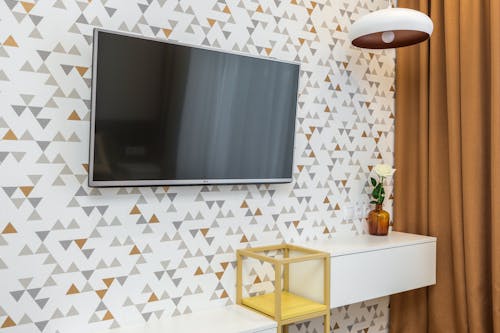
Bold patterns on walls can feel overwhelming to visitors. Stripes, florals, or geometric prints sometimes create visual clutter. In small spaces, the effect is magnified, and guests may struggle to feel calm. Instead of conversation, their attention is pulled to the walls.
Some designs even cause dizziness or eye strain when looked at too long. While they may showcase personality, they don’t always set a soothing mood. Guests may leave feeling overstimulated rather than refreshed. More subtle patterns keep a balance between style and comfort.
13. Open Bathroom Shelves
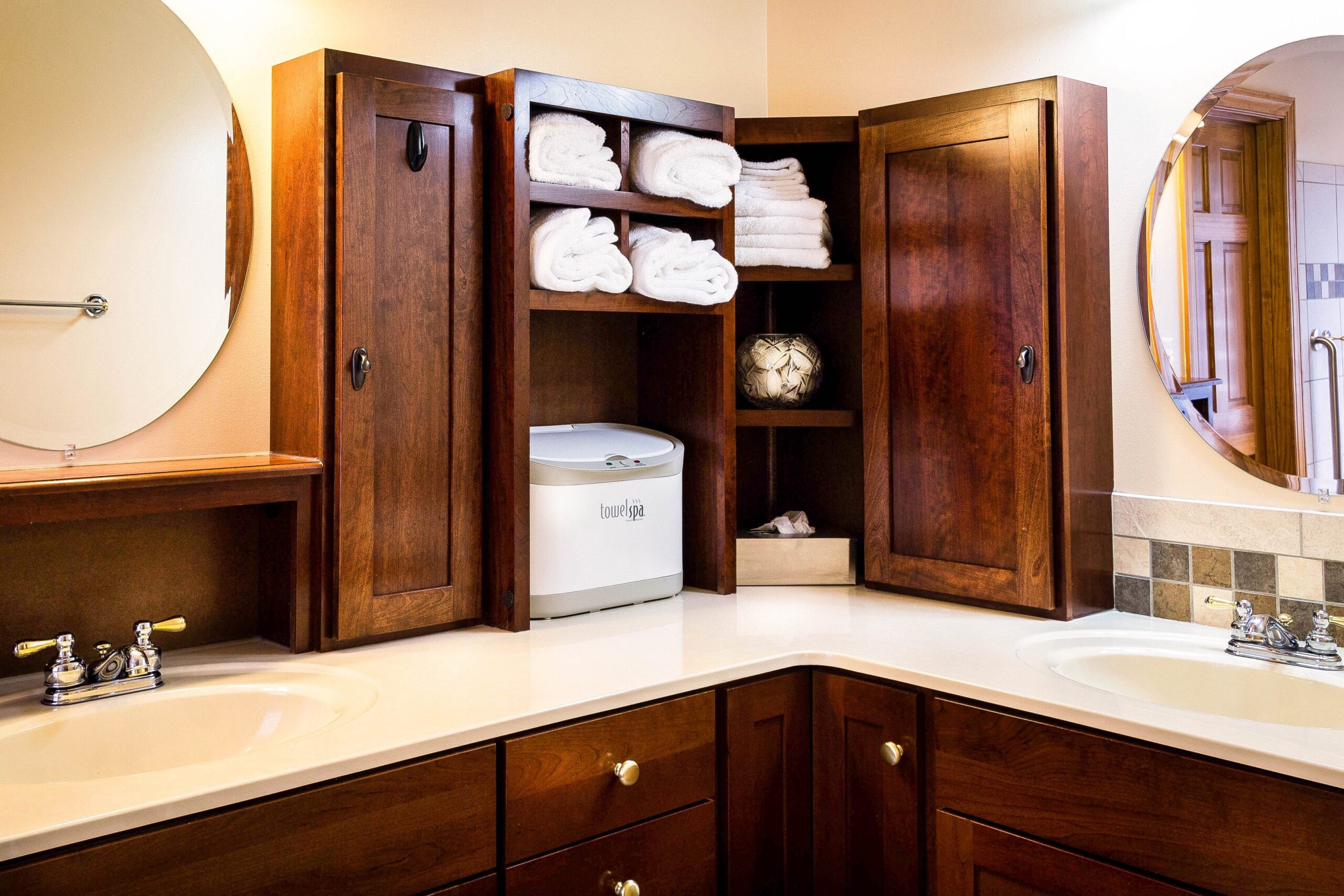
Bathrooms with exposed shelving can unintentionally stress people out. Guests may worry they’re intruding if they see too many personal items. At the same time, they might feel self-conscious about leaving their own toiletries in sight. The lack of privacy makes the space feel less welcoming.
Cluttered shelves can also create a sense of disarray, which adds to unease. Even if everything is neatly organized, the exposure makes people hyper-aware of hygiene. Closed cabinets or baskets provide a more discreet and comfortable setup. Guests appreciate not feeling like they’re on display.
14. Oversized Artwork
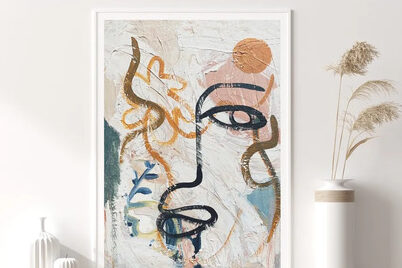
Large statement art can dominate a room, sometimes in unsettling ways. Guests may feel dwarfed by an enormous piece looming over them. If the subject matter is intense or abstract, it can create unease rather than conversation. Instead of enjoying the piece, guests might struggle to focus on anything else.
Art is personal, but scale and tone matter when sharing spaces. Guests don’t want to feel judged for not “getting it.” Subtler, well-proportioned art invites people in without overwhelming. Balance makes a home feel inviting rather than intimidating.
15. Overcrowded Bookshelves
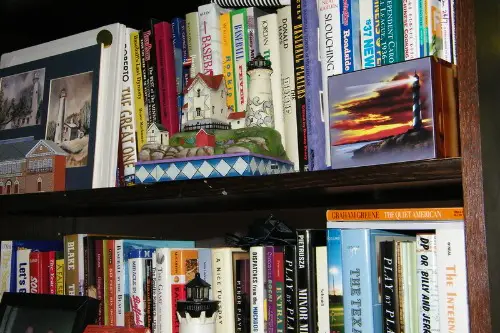
While a wall of books can look impressive, it sometimes overwhelms visitors. Guests may feel like they’re in a library rather than a living room. If the shelves are jam-packed, it creates visual clutter. Too many visible spines can actually make a space feel busier and less restful.
Some guests also feel pressure to notice or comment on the titles. They may worry about saying the wrong thing or revealing they haven’t read a classic. That turns a relaxing visit into an intellectual test. A more curated or breathable shelf setup encourages ease instead.
This post 15 Decor Details That Secretly Stress Guests Out was first published on Greenhouse Black.
